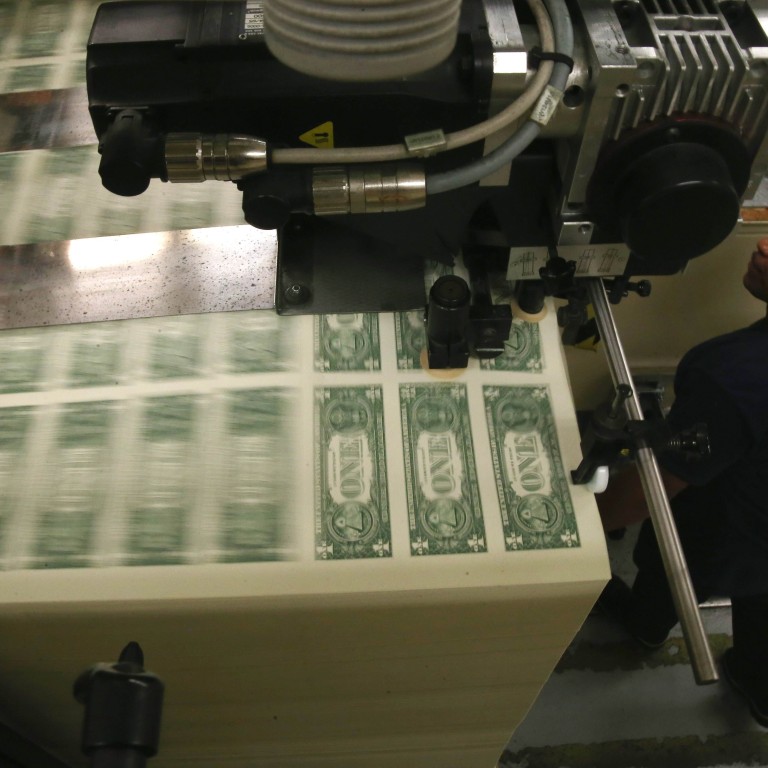
China’s holdings of US Treasuries tumble to the lowest level since May 2017
- China’s holdings of notes, bills and bonds dropped for a fifth straight month to US$1.14 trillion in October, from US$1.15 trillion in September
- China remains the biggest foreign creditor of the US, followed by Japan
China’s holdings of US Treasuries fell to the lowest in a year-and-a-half, as its foreign currency reserves declined and the yuan weakened near a key symbolic level.
China’s holdings of notes, bills and bonds dropped for a fifth straight month to US$1.14 trillion in October, from US$1.15 trillion in September, according to data from the Treasury Department released on Monday. That’s the lowest level since May 2017.
China remains the biggest foreign creditor, followed by Japan, whose holdings slipped by US$9.5 billion to US$1.02 trillion.
Heightened concerns over China’s trade conflict with the US have sparked concerns in the Chinese markets, putting more pressure on stocks and the currency.
China’s yuan slid to the weakest in a decade and close to a key level of 7 per dollar in late October. Since then. it has strengthened more than 1 per cent as investors grew optimistic that the US and China could settle their trade rift.
In October, China’s foreign exchange reserves fell by the most in almost two years, dropping 1.1 per cent to US$3.05 trillion.
A December 1 truce between President Donald Trump and China’s Xi Jinping has raised hopes the two sides will resolve their trade war. The US has given China a reprieve until March 1 from escalating tariffs while the world’s two biggest economies try and work out a more comprehensive trade agreement.

